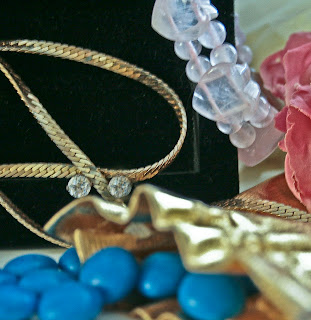I must admit, I have a current active business plan, so ask me what is my biggest challenge in creating a business plan is moot. HOWEVER~ some challenges I face day in and day out is following my plan, altering my plan and adjusting to the ever changing environment of photography and my current economical atmosphere. When creating my Executive Summary, one of the hardest things to do is talk about yourself, sell yourself and by all means, toot your own horn. I fall short in doing this. I can talk about my business, my passion, all day long with those that share the passion; but to discuss with a room of bankers, who probably don't speak the same jargon, is terrifying.
Although the executive summary leads off the business plan, it should be written last. That way, you can gather information from the rest of the report, and make certain there are no inconsistencies.
The executive summary is the best place to illustrate your mission statement. Develop a brief description, no more than a few sentences, which explain:
- Why your business exists
- What its goals are
- How you will achieve those goals
“…your plans must incorporate the idea that the business of photography is constantly changing. You not only must plan for what you expect, but you must establish responses to unexpected events and response to those responses, and so on and so on.” (Best Business Practices for Photographers; John Harrington, pg 7)
Next, develop the business concept; details about the type of business you want to open, who the customers will be and what the competitive advantage is. A competitive advantage explains why customers will chose your business over marketplace rivals. Your reasons may include:
- Filling a void in the marketplace
- Offering a better product than what currently exists
- Offering a comparable product, but at a better price than your rivals
From there, give a brief description of your financial stance. This part of the executive summary should mention the expected start up costs, as well as your short and long term financial projections.
“Statistics show that an invoice more than 60 days old has only a 70% chance of being collected in full. After 90 days, the chance of collecting the invoice in full drops to 45% and after 120 days it falls to 20% It diminishes form there, so make sure you get paid sooner than later.” (Best Business Practices for Photographers; John Harrington, pg 365)
The next issue to address is your business status. It may still be only in the idea stage. Perhaps you've already raised a little money. Or, it may be that you are fully operational and looking to expand. Investors will interpret your current business position as a signal as to how much capital is needed to advance your company, and whether or not this equals the type of opportunity they are looking for.
The final part of the executive summary will focus on critical aspects that will determine your chance for success. These items will be specific to your business, but may include:
- Low staff turnover
- A technology patent
- A strategic partnership
- Externalizations, such as the continuation of a marketplace or economic trend
“If you have been telling yourself that you can’t cause for your success to happen, then you are a victim, but not a victim of circumstance, a victim of your own thinking.” (9 Lies That Are Holding Your Business Back...and the Truth That Will Set It Free; Steve Chandler & Sam Beckford, Career Press, 2005 Pg. 163)
Generally, the executive summary should offer a glance into what the business plan holds. Highlight the important points; if you refrain from composing it until after you've written the rest of your business plan, it should virtually write itself.














